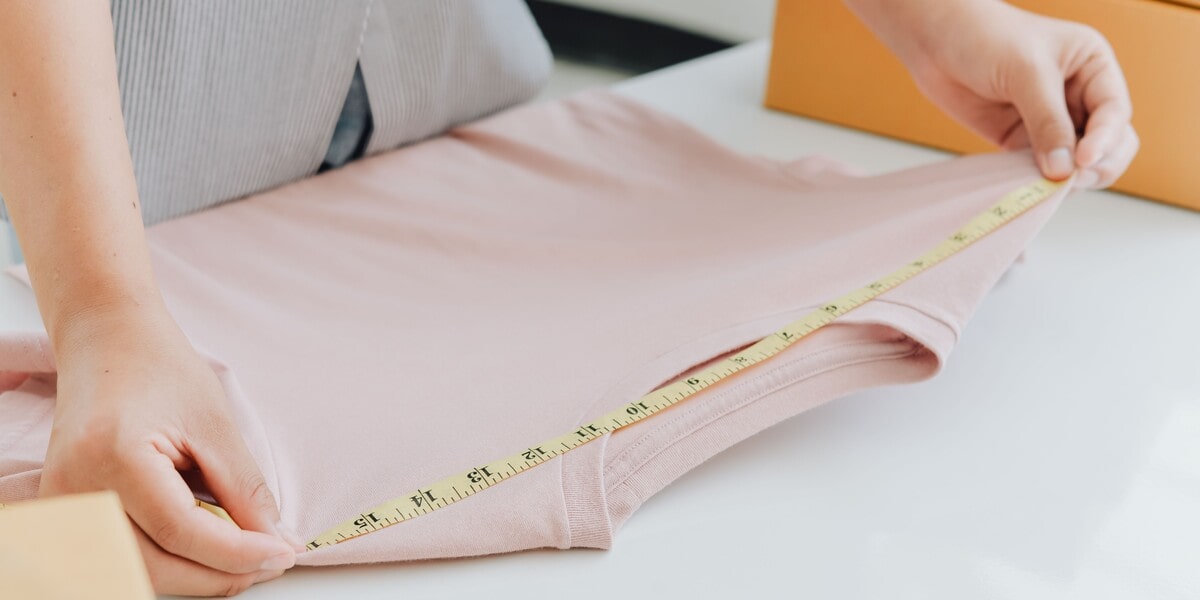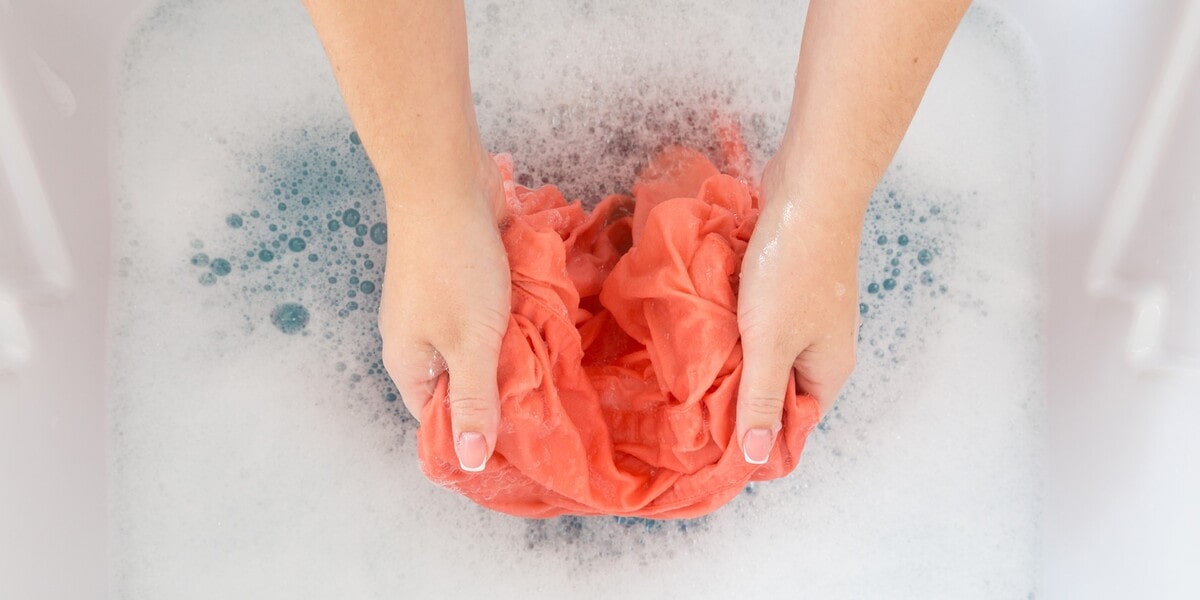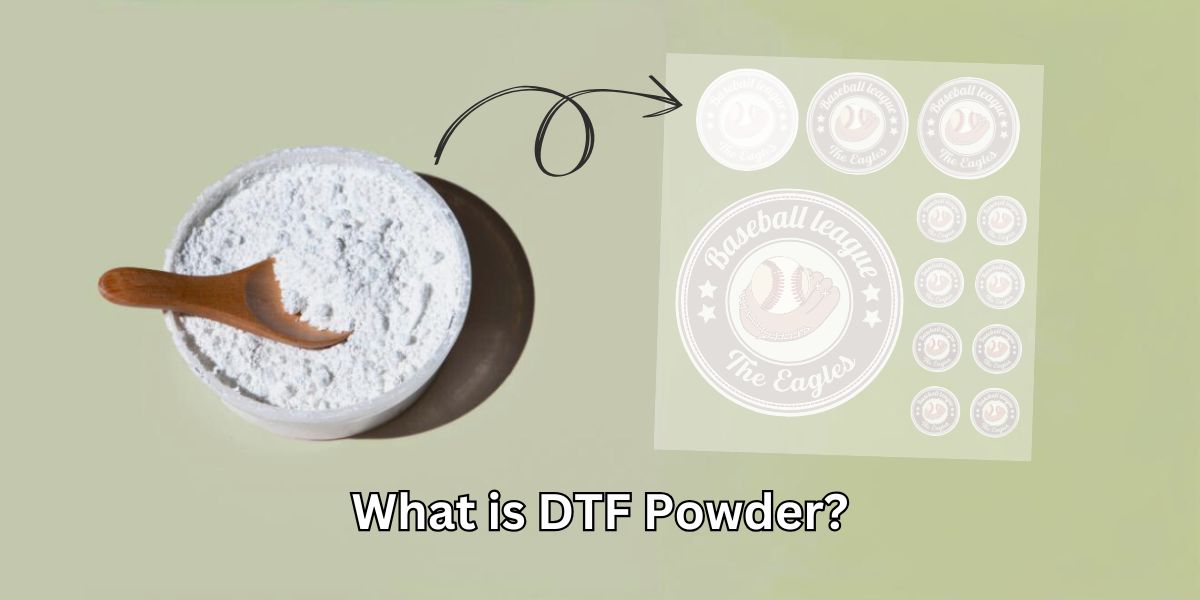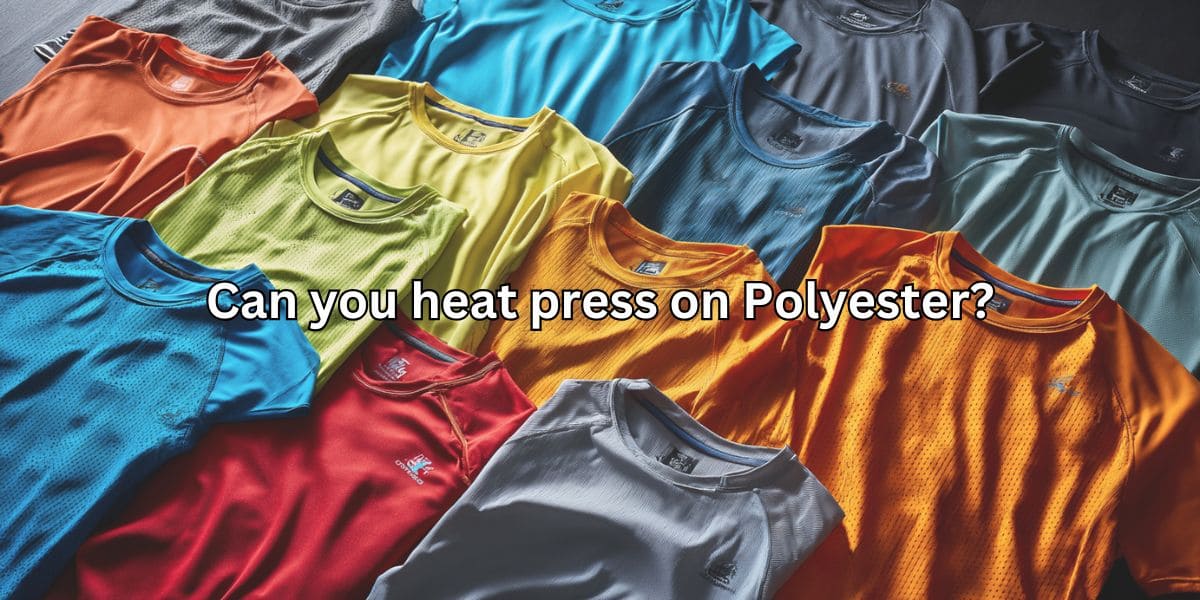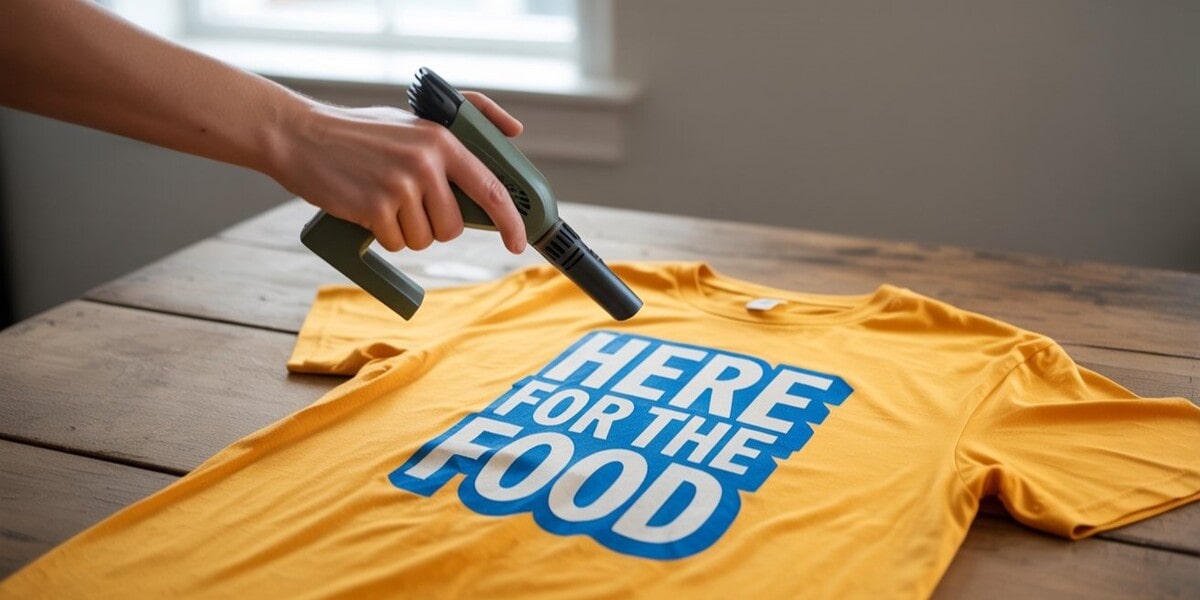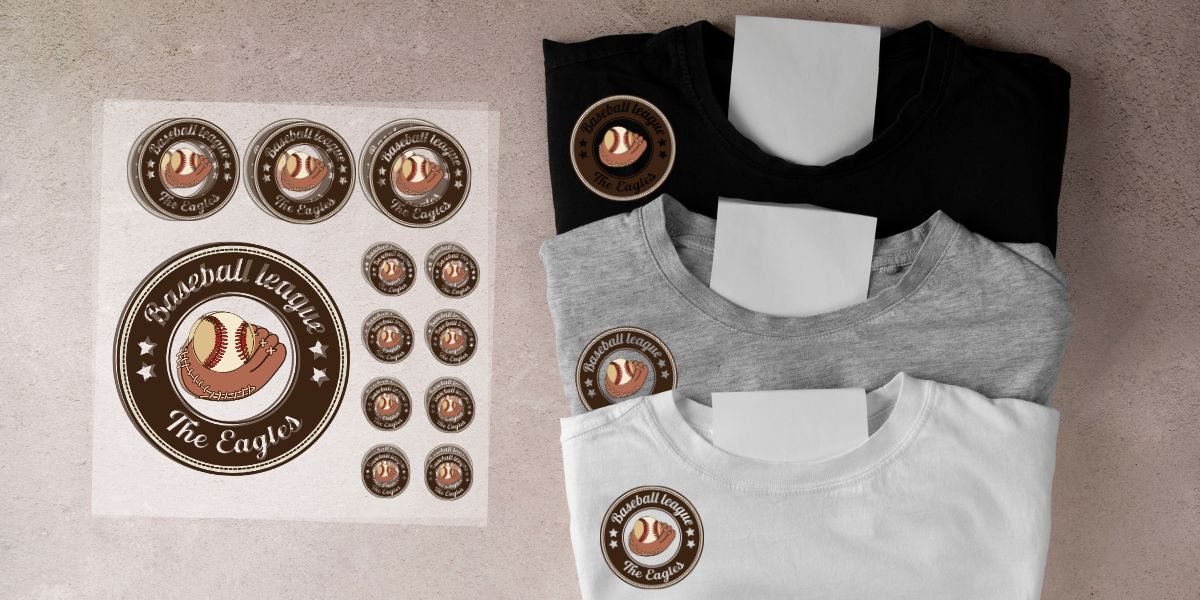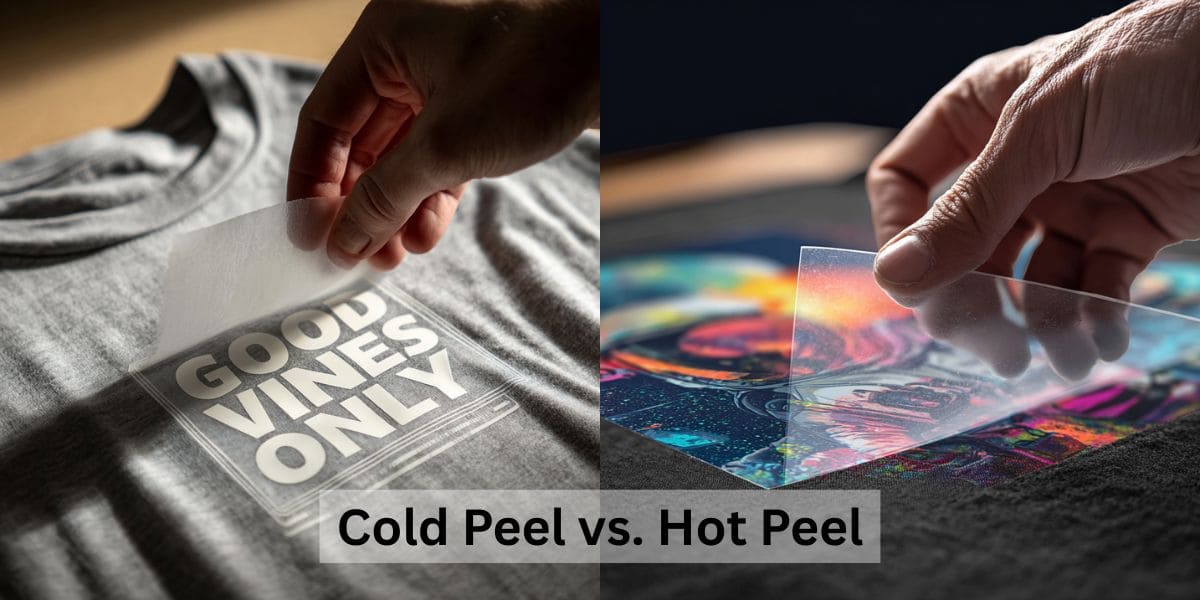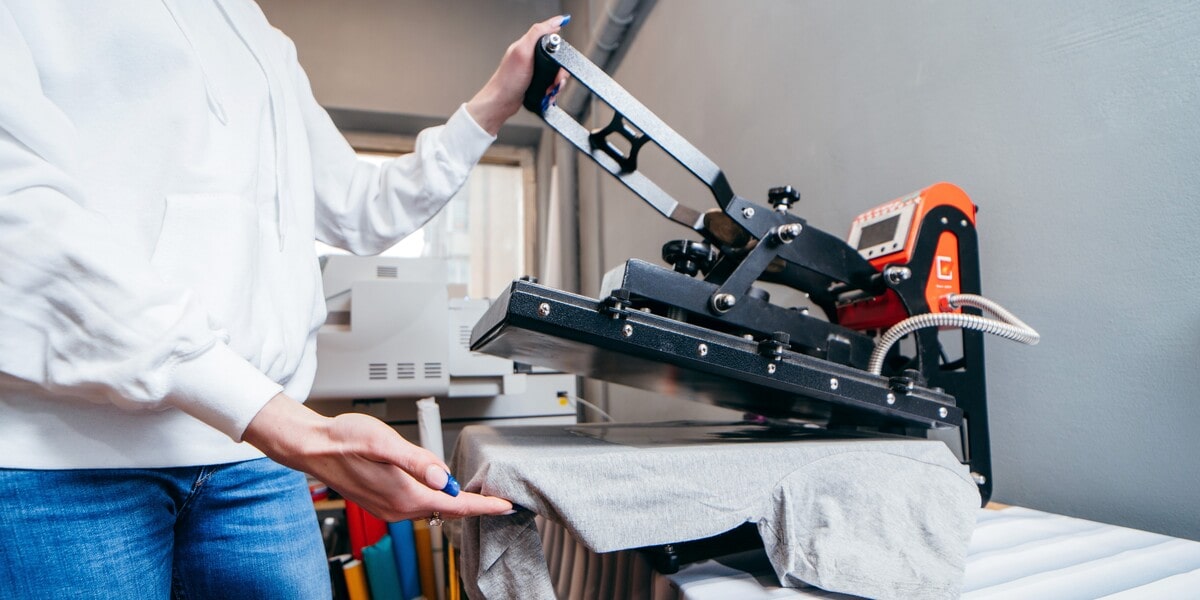
Blog
Why is my DTF transfer not sticking? 11 Common Causes and Quick Fixes

Why is my DTF transfer not sticking? If you have ever wondered about this issue after applying your iron-on transfers, you’re not alone. Even experienced users or businesses encounter this problem from time to time.
Direct to Film (DTF) transfers, also called iron-ons or heat transfers, give us a reliable way to customize fabric items — but getting them to adhere properly requires the acknowledgment of using the right technique and proper setup.
So, to provide you with the necessary fixes to handle each time you ask “why is my DTF transfer not sticking”, we will take 2 steps: First, CustomAny will walk you through 11 common causes that lead to this problem. Then, we will give you clear and practical solutions to get it right.
Interested yet? Let’s get started!
Why is my DTF transfer not sticking?
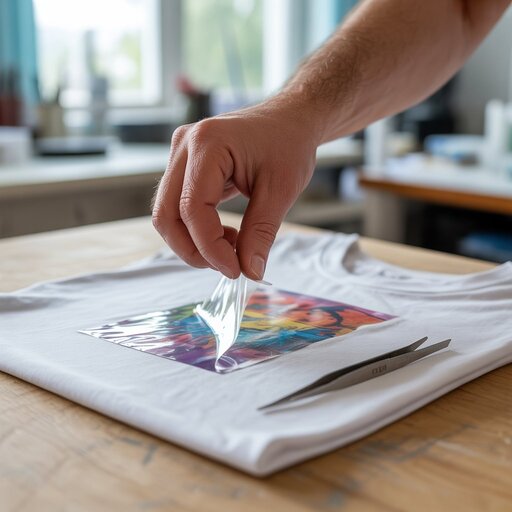
Many crafters and businesses are facing a frustrating issue of “why is my DTF transfer not sticking” right after applying a DTF transfer. If you’ve just finished pressing and peeling the film layer, then notice problems like incomplete adhesion or peeling edges on the design, the issue is yours, too.
Let’s take a look at the most common signs or following problems of having a not-sticking DTF transfers:
- Adhesion issues: The transferred design is not adhering properly to the fabric surface, which usually happens when you haven’t set the heat, pressure, or pressing time correctly.
- Peeling Edges: The edges of your design may peel off from the applying surface, as result of uneven pressure or missed spots during pressing.
- Ghosting images: It happens when the transfer shifts during pressing or before it fully cools.
- Blistering: Blistering or bubbles on or under the transferred design can appear if the temperature’s too high or if there’s trapped moisture in the fabric.
- Smudging and melting parts: They may result from either too much heat or poor-quality transfer film and ink.
So, when you wonder “why is my DTF transfer not sticking”, you are facing these unsuccessful results of applying a DTF transfer onto fabric. They point to problems with the materials and equipment used, or mistakes during the pressing process, or a mix of these factors.
11 Common Causes and Quick Fixes
To solve the problem of “why is my DTF transfer not sticking?”, you should know which factor caused your problem first. Knowing the main factor will help you choose the solution that aligns.
Here we’ve gathered 11 common reasons, listed in a time order and provided with quick ways to help you fix them right away.
1. Low-Quality DTF Transfers
One of the first things to check when wondering “why is my DTF transfer not sticking” is the quality of the transfer you used.
Poorly made iron-on DTF transfers often have uneven adhesive layers, low-grade ink, or unstable film materials. These flaws affect the pressing result, leading to adhering improperly of the DTF transfer.
How you can fix it:
- Always order custom iron-on DTF transfers from reliable suppliers.
- It’s better to take a few testing transfers before applying DTF transfers to your items, or before ordering large quantities.
- Before using, check the DTF transfer quality: consistent color, smooth print texture, and even adhesive coverage.
2. Damaged DTF Transfers
Another cause for “why is my DTF transfer not sticking” is that you used expired or damaged iron-on transfers.
If your DTF transfers have waited for a long time before being used, or they are exposed to moisture, heat, or other harsh conditions, the adhesive layer can break down. This leads to weak bonding, leaving peeling edges or patchy images on your transferred designs after pressing.
To prevent this cause, you should:
- Check the DTF transfers’ shelf life recommended by the manufacturer before ordering to make sure it is suitable for your project.
- If you don’t use them immediately, put your DTF transfers in airtight containers and place them in a cool, dry place, away from heat sources or in damp areas.
You may want to read a related blog about “How to Store DTF Transfers” for insightful tips on storing DTF transfers.
3. Using Incompatible Fabric Types
Another reason behind the “why is my DTF transfer not sticking” problem is you apply the iron-ons onto the wrong type of fabric.
You should not apply iron-ons to water-repellent fabrics, highly textured surfaces, or extremely stretchy garments because these materials can resist the adhesive in your DTF transfers.
To prevent not sticking transfers caused by choosing wrong fabric items, you need to:
- Always check the fabric type of the item before applying iron-on transfers.
- Only apply DTF transfers onto fabrics known to work well with them.
- If you are unsure about the compatibility of your fabric type and the DTF transfer, you should press a small test area to see how well the transfer adheres.
We recommend reading the blog What Material Can DTF Be Used On? 9 Best & Worst Surfaces Ranked.
4. Improper Fabric Preparation
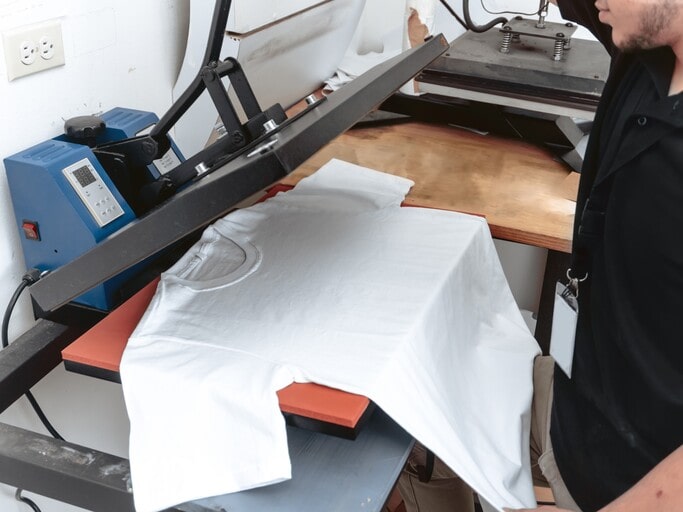
Lack of proper preparation for your fabric surface is an easy-to-miss reason behind transfer issues. If the surface is not dry, has a few wrinkles or lint, your iron-on DTF transfer’s adhesive won’t bond evenly. This can leave parts of the image peeling or not sticking at all.
Therefore, you need to make sure the fabric surface is clean by using a lint roller to clear away dust or fibers. Next, remember to pre-press it for 5–7 seconds. This step helps remove any trapped moisture and smooth out wrinkles.
5. Wrinkled or Mishandled Transfer Film
Sometimes the problem isn’t the fabric or the press — it’s the transfer film itself. DTF films can easily pick up creases, folds, or dents during storage or handling. These factors stop the film from laying flat, which means your transfer won’t press evenly.
That’s when images might look patchy, or sections might not stick at all.
What you should do is to be mindful when handling DTF films. Before applying them onto fabric, you need to ensure they are placed flat. If a film looks wrinkled or warped, you better not use it since a damaged film won’t recover even if you give it heat and pressure.
6. Uneven Heat Distribution from the Pressing Surface
A flawless transferred design on fabric is the result of even, consistent heat and pressure across its entire surface while applying.
Therefore, if your heat press can’t produce even impact, parts of the design might not bond properly, leading to patchy or peeling areas. This issue often shows up with irons or heat press machines that are low-quality or haven’t been recalibrated in a while. Sometimes, even brand-new models can have slight temperature inconsistencies that affect your result.
Let’s take action to prevent this cause:
- Recalibrate your tools regularly
- Test your tools before application. You should use a surface thermometer or heat gun to test several areas of the iron surface or the press plate.
7. Dirty or Worn iron/Heat Press
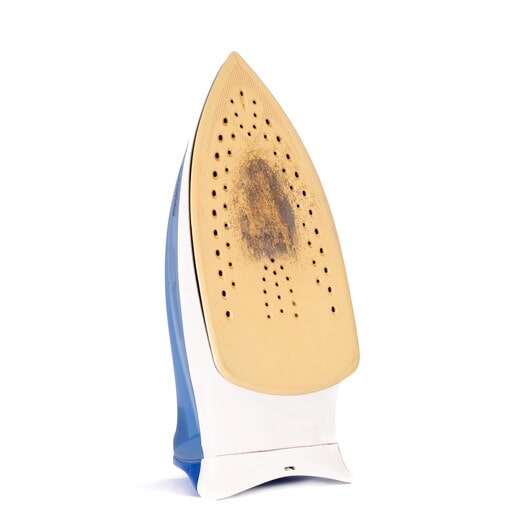
A clean pressing surface is key for good adhesion. If your iron or heat press has leftover residue, ink stains, or visible wear, it can block heat and pressure, preventing your DTF transfer from sticking properly.
To make sure your equipments are spotless:
- Remove any leftover adhesive or ink buildup after each time you use it.
- Clean the iron or heat press machine’s platen regularly with a soft cloth and mild cleaner.
- Replace worn Teflon sheets or press covers to ensure smooth, even contact.
Keeping the pressing surface clean and smooth helps solve many problems related to “why is my DTF transfer not sticking” and improves your overall results.
8. Incorrect Pressing Temperature
Improper temperature won’t make the heat-activated adhesive layer melt correctly. This leads to poor bonding and peeling transferred designs on your fabric surface.
To avoid it, you need to adjust the temperature as needed to match the manufacturer’s recommendations and compare it with your heat press settings regularly.
9. Insufficient or Uneven Pressure
Besides improper heat, uneven or too light pressure can cause parts of the DTF transfer to lift, bubble, or stick poorly. This problem is more likely to happen if you use household irons instead of heat presses.
To fix this, let’s pay more attention to apply firm, consistent pressure manually to avoid weak spots and bubbles when using irons. Besides, remember to adjust the pressure settings if you are using a heat press.
10. Insufficient Pressing Time
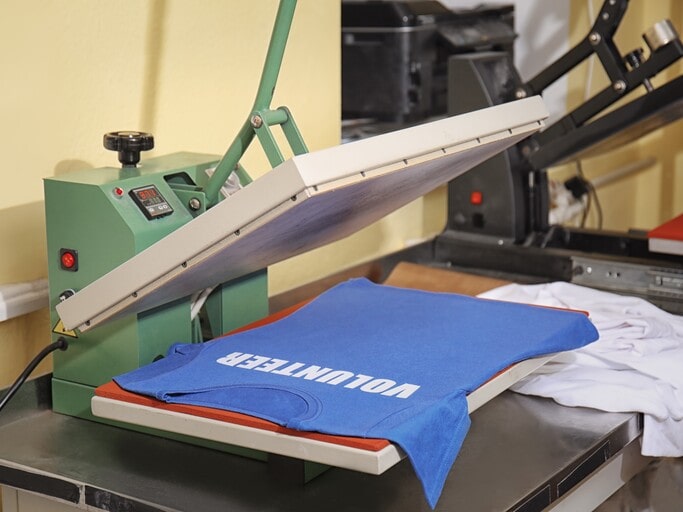
Not pressing the DTF transfer long enough can cause the adhesive to only partially melt, resulting in weak bonding, making the transferred designs lift or peel later. Thus, proper pressing duration is key to avoiding the frustration of asking, “why is my DTF transfer not sticking?”
Each DTF transfer manufacturer recommends a specific pressing time, usually between 12 to 15 seconds, so always follow this recommended time.
Additionally, if you’re working with different fabrics, consider adjusting the time slightly but avoid under-pressing.
11. Peeling Film at the Wrong Time
The last step of applying DTF transfer involves peeling off the film layer.
- For cold peel transfers, removing the film before it cools may cause parts of the design to lift with the film layer.
- For hot peel transfers, it requires the film to be removed immediately while still warm. If you mist this timing, the result may peel, smudge, or contain ghosting areas.
What you need to do:
- Confirm with the manufacturer or print house whether your transfer is cold peel or hot peel and follow the instructions to avoid damages.
- When in doubt, you need to test on a small sample to perfect your peeling timing.
Knowing the cause and mastering these solutions is crucial in answering the question “why is my DTF transfer not sticking?” and ensuring your clean, lasting finish every time you apply iron-ons.
Last words
“Why is my DTF transfer not sticking” is a common question, and what we’ve discussed above has covered the key causes and quick fixes to help you achieve better results. Now you can avoid common mistakes and get your transfers to stick with the right precaution, saving you time, reducing frustration, and improving the look of your final products.
If you’re ready to create your own custom iron-on designs, consider ordering high-quality DTF transfers from our website. We offer reliable products that make pressing easier and more consistent.


